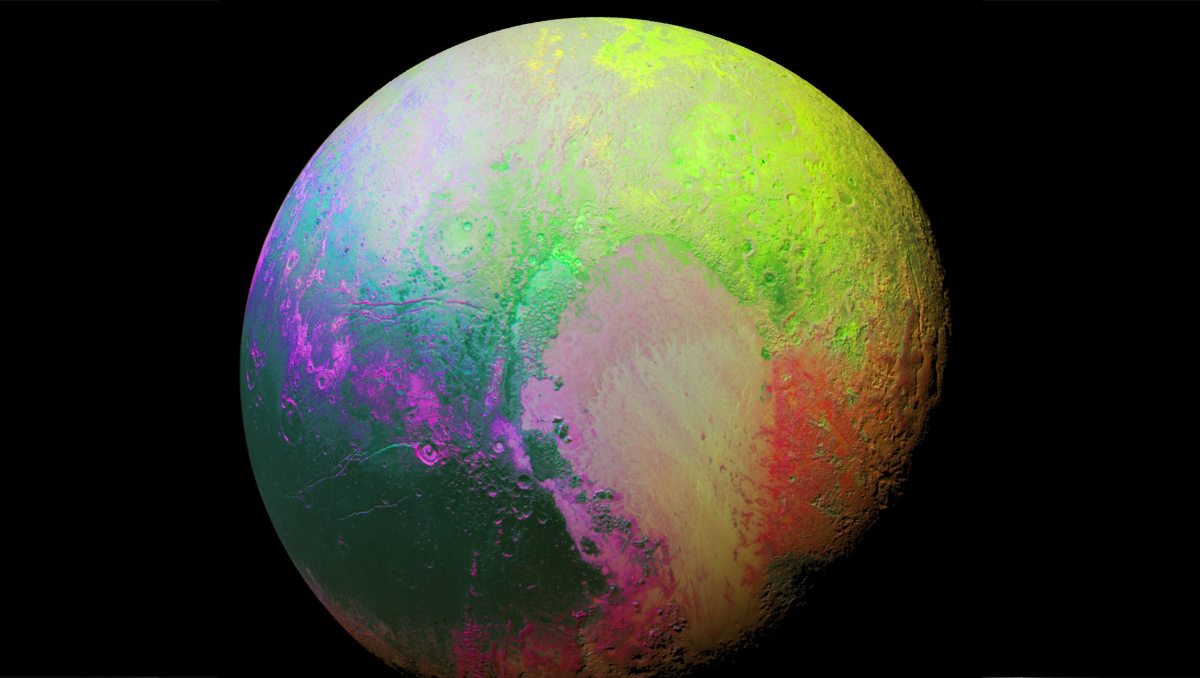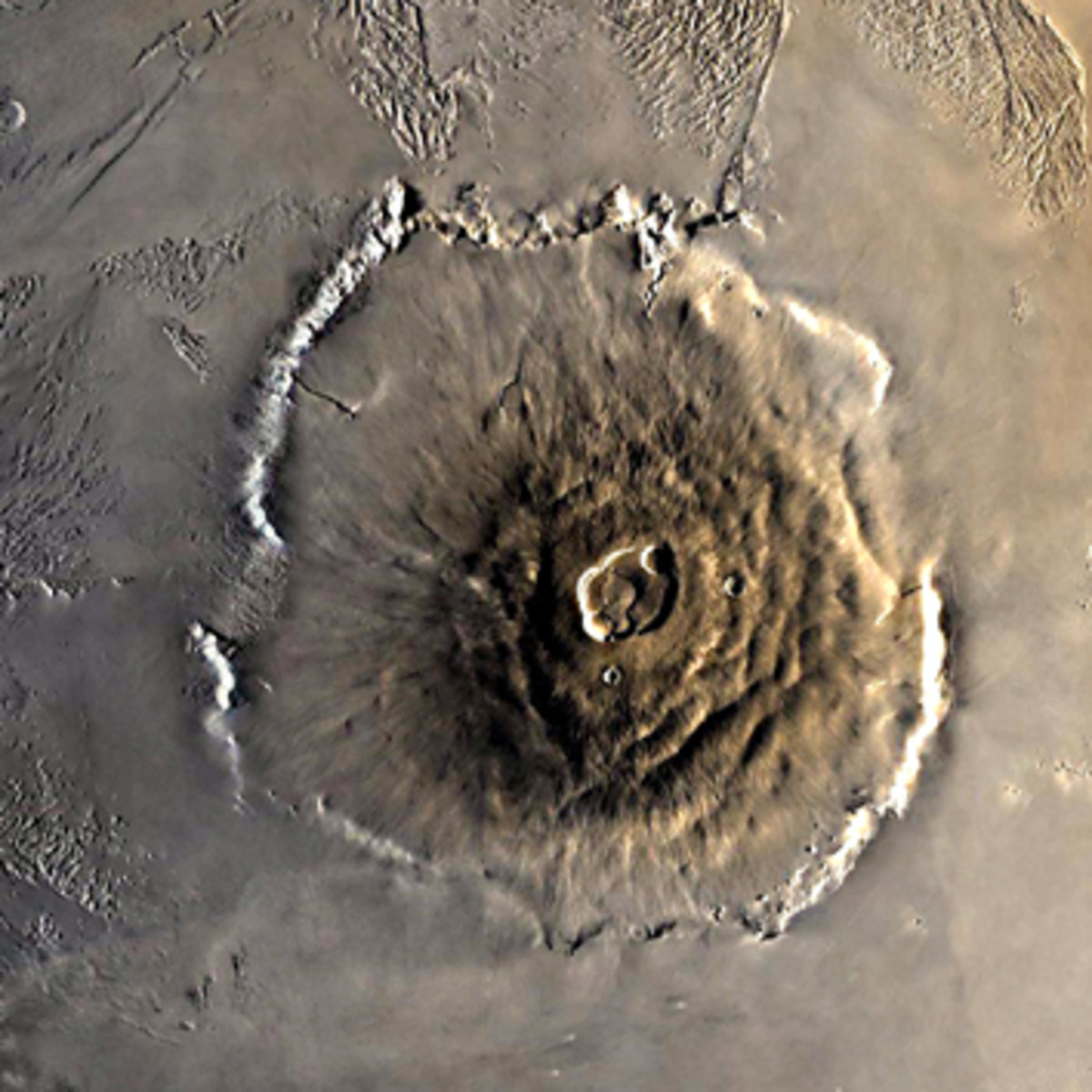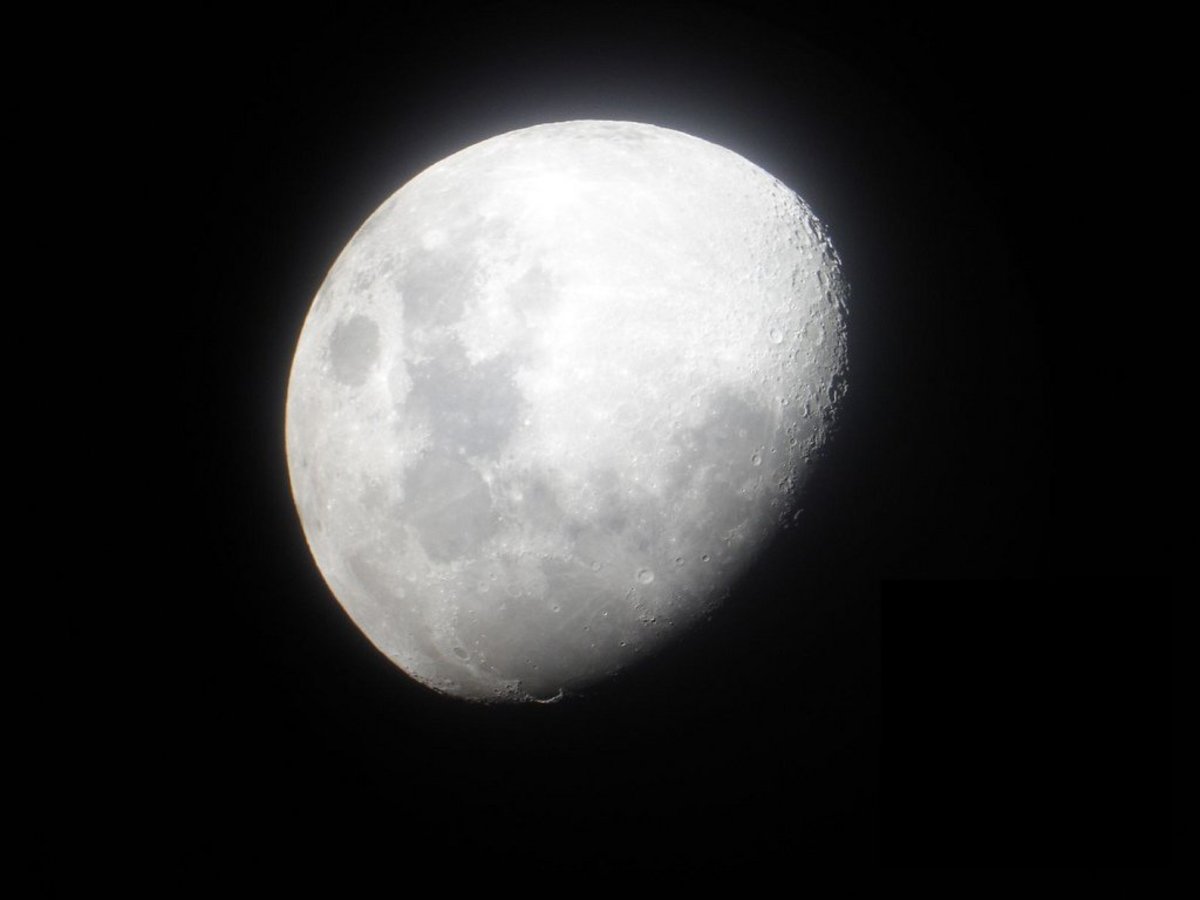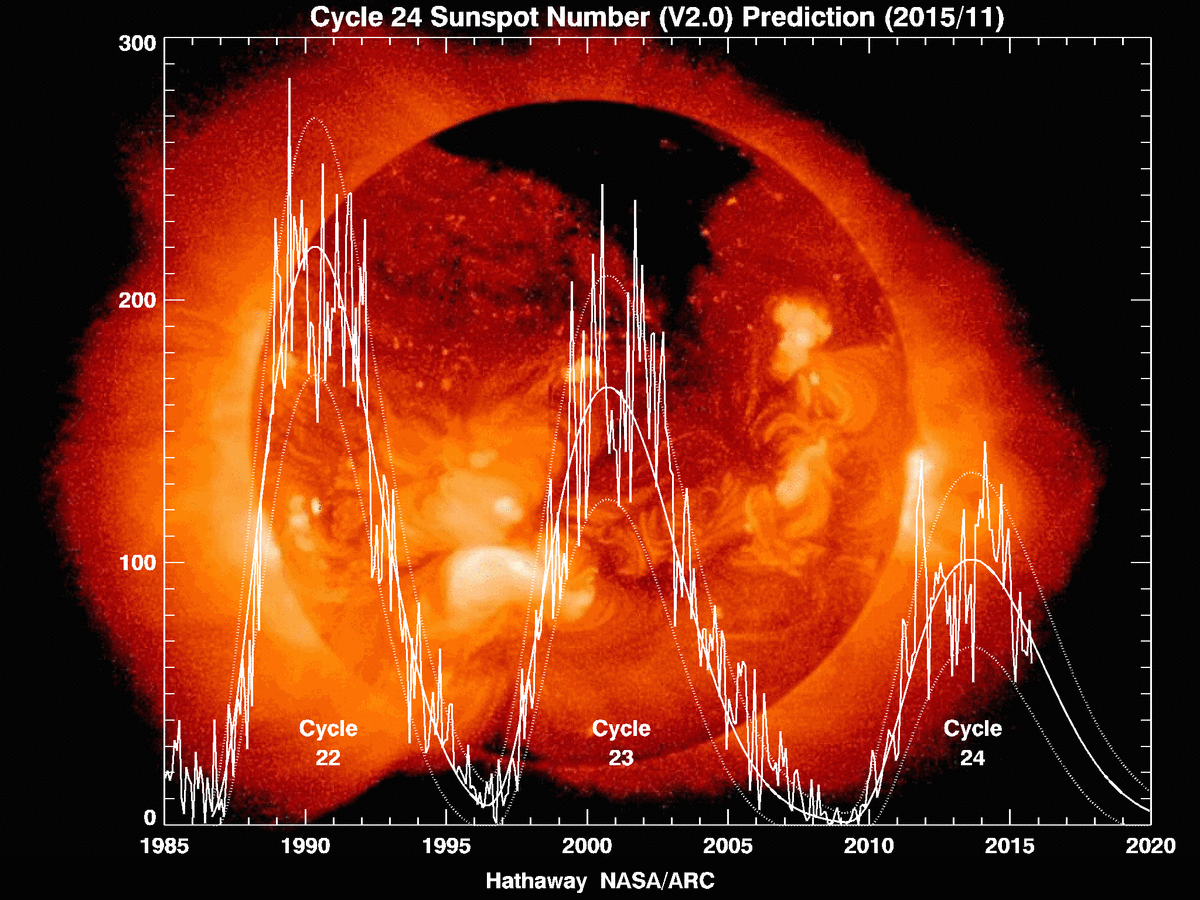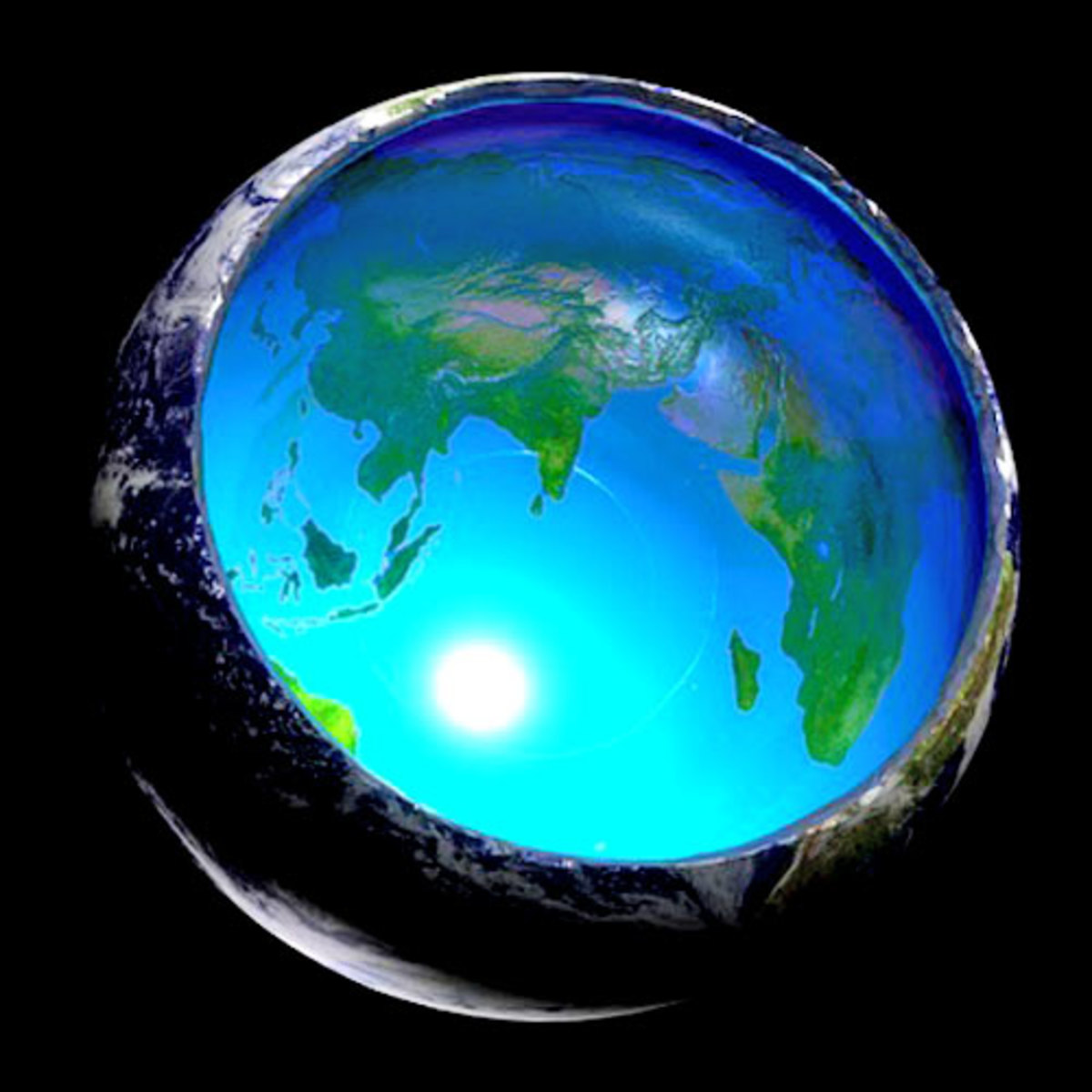Trojan Planets: The Annoying Little Sisters Of The Solar System
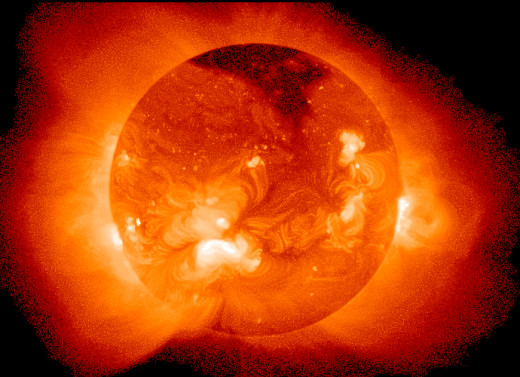
Is there anything more annoying than a pestering younger sibling? (I'm looking at you, Britney.) They follow you around all the time, whining about how they wanna do everything you can do. Bah!
Well, our solar system is chock full of pesky little brothers and sisters too. They're called Lagrangian objects, or "Trojans". Like our siblings, they share an orbit with much larger planets around a parent star.
Unlike our siblings, they're mostly harmless.

Lagra-what?
Lagrangian objects are named after Joseph-Louis Lagrange, an Italian mathematician-astronomer with an extraordinarily fancy-sounding name. He helped discover two of the "points of orbital configuration" that pretty much hold our entire solar system together. A Swiss phycisist named Leonhard Euler (one of the most important scientific minds in history) discovered the first three before Lagrange.
So, why aren't they called "Eulerian objects" instead? Lagrange was technically a student of Euler's. The two made a lot of important (and horribly complex) breakthroughs in mathematics, including the "Euler-Lagrange equation", which I'm told is a really important calculation for professional physics nerds.**
There are a lot of theories as to why Lagrange got the credit. (I personally think it's because trying to say the word "Eulerian" makes one feel like they have a mouth full of wet marbles.) To be fair, Euler went on to be known as one of the most important Swiss men who ever lived, so it's not like the guy was hurting for fame.
Whatever the reason, the discovery of "Lagrangian points" solved one of the major questions when it came to astronomy: How do all those little objects stay in orbit near such huge planets anyway?
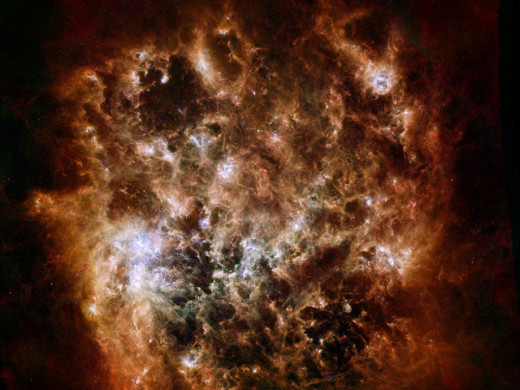
Really Smart People Explaining Things Better Than I Can:
How do they work?
Simply put, Lagrangian points (or L-points) are the only places in a three-body orbital configuration where an object affected by gravity can maintain an orbit in relation to two larger objects. There are five L-points in all; anything outside these points are horribly unstable and usually cannot maintain an orbit for very long. In fact, some L-points can eventually become unstable too. (But that's a story for another article.)
Sometimes a small planet or asteroid manages to fit itself at an L-point within the same orbit as a larger planet or satellite. These are what we call Lagrangian objects, or "Trojans".
Why the epic name? Back in 1906, German astronomer Max Wolf (who has a name fit for an 80's action movie hero) discovered an asteroid orbiting at the Sun-Jupiter L4 point. It was the first time a Lagrangian object had been discovered in Jupiter's orbit. (Some had made claims of discovery before, but Wolf's was the first to be accepted.)
It was Johann Palisa, esteemed physicist and classical literature nerd, who suggested Jupiter's newly-found Lagrangian objects be named after Greek heroes. Thus "Achilles" was born. Then came a storm of classification with such whismical lables as "Greek camp" and "Trojan camp" for all objects and L4 or L5, then came the "spy camp" and a whole host of asteroids like Hector and Patroklus. It was pretty much a frenzy. Today we tend to stick to "Trojan" for any object orbiting at L4 or L5.
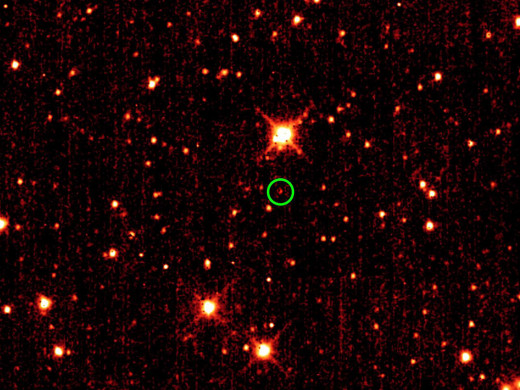
Where are they?
EVERYWHERE! Since Wolf's discovery of Achilles there have been over 4,800 trojan asteroids discovered orbiting Jupiter alone. (Which may explain why the "Let's name them all after Greek heroes!" thing stopped.) Mars has five trojans, Neptune has nine, even Venus has one (though it may be temporary).
In 2010 the very first Earth trojan was discovered by NASA's NEOWISE team. Named "2010 TK7", this asteroid orbits around the Sun-Earth L4 point, prancing around ahead of us for at least 1500 years. Before that, it may have even been behind us at our L5, as TK7's movement seems rather unpredictable. (Just like a sugared-up little sister.)
Why did it take us this long to find our own trojan? Because of its position at 60 degrees to Earth, TK7 would have mostly only been visible during the daytime, where sunlight obscured observations. It was only after the space telescope WISE was launched that we were able to image our elusive little trojan.
Earth could have even more trojans hiding in the shadows. More could also eventually synch up with our L-points temporarily. Even TK7 could eventually leave home, so we're trying to learn as much as we can. Like a little sister, you may not appreciate her prescence until she's moved away. (I miss you, Brit.)
Notes
* Math jokes in this article may or may not be funny. Cringe at your own discretion.
** There's a reason I went into journalism instead of astronomy, okay? I look at a calculus equation and my brain turns to goop. Show me how it works, however, and I can figure it out. (Just don't rely on me to program your next rocket launch.)

